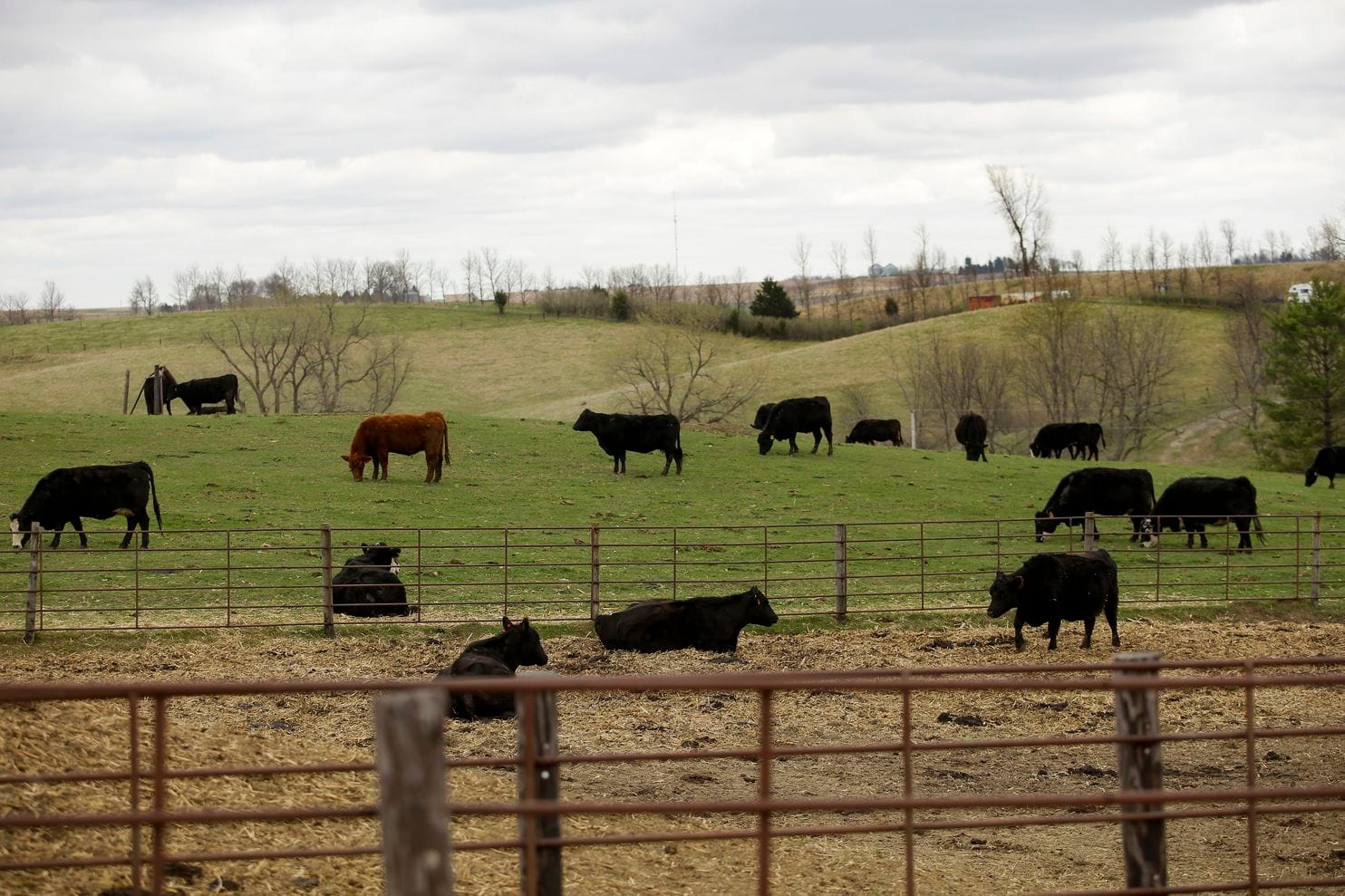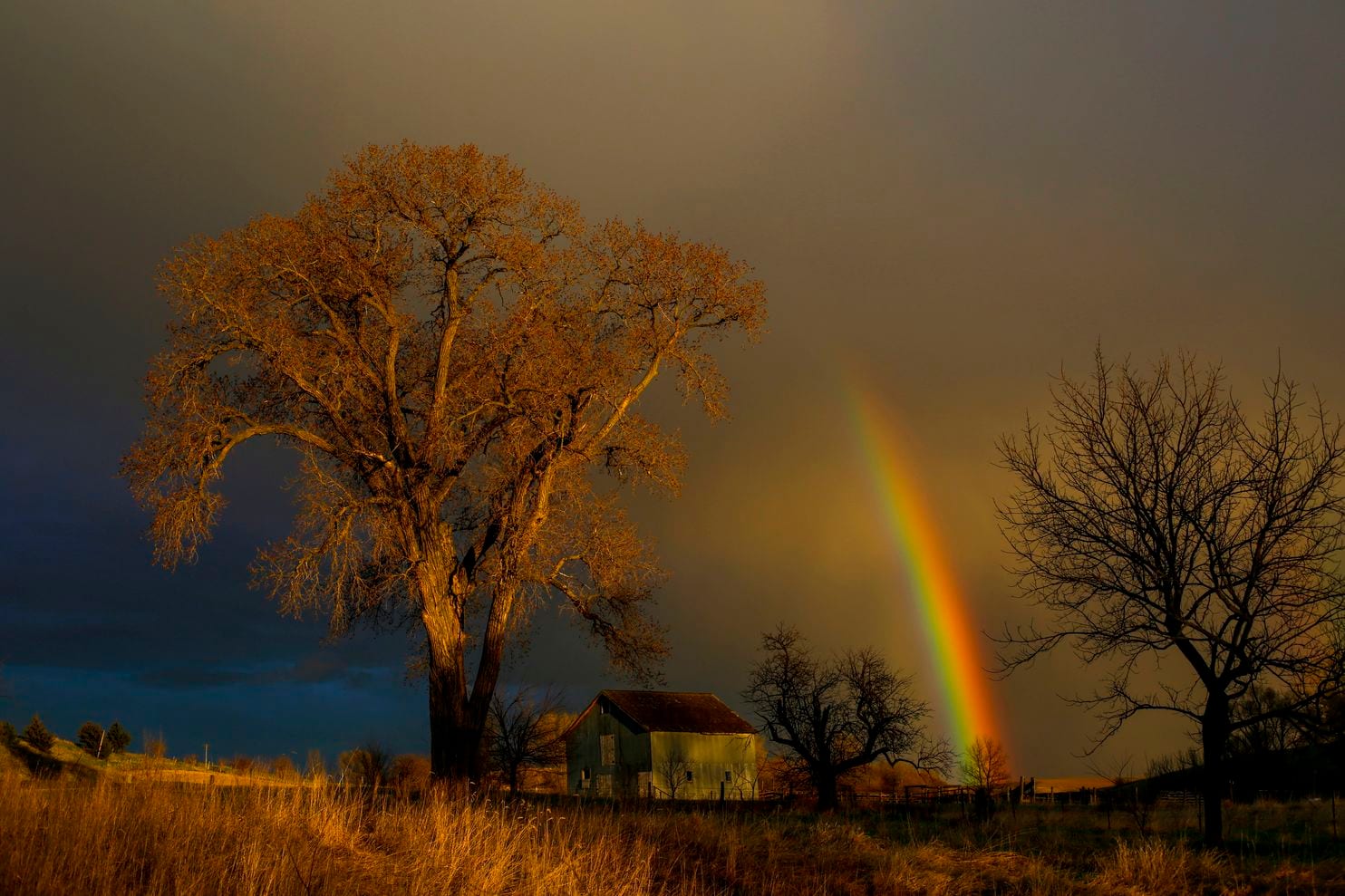Washington Post: Still traumatized from 2016 loss, Democrats weigh how much to reach out to rural America
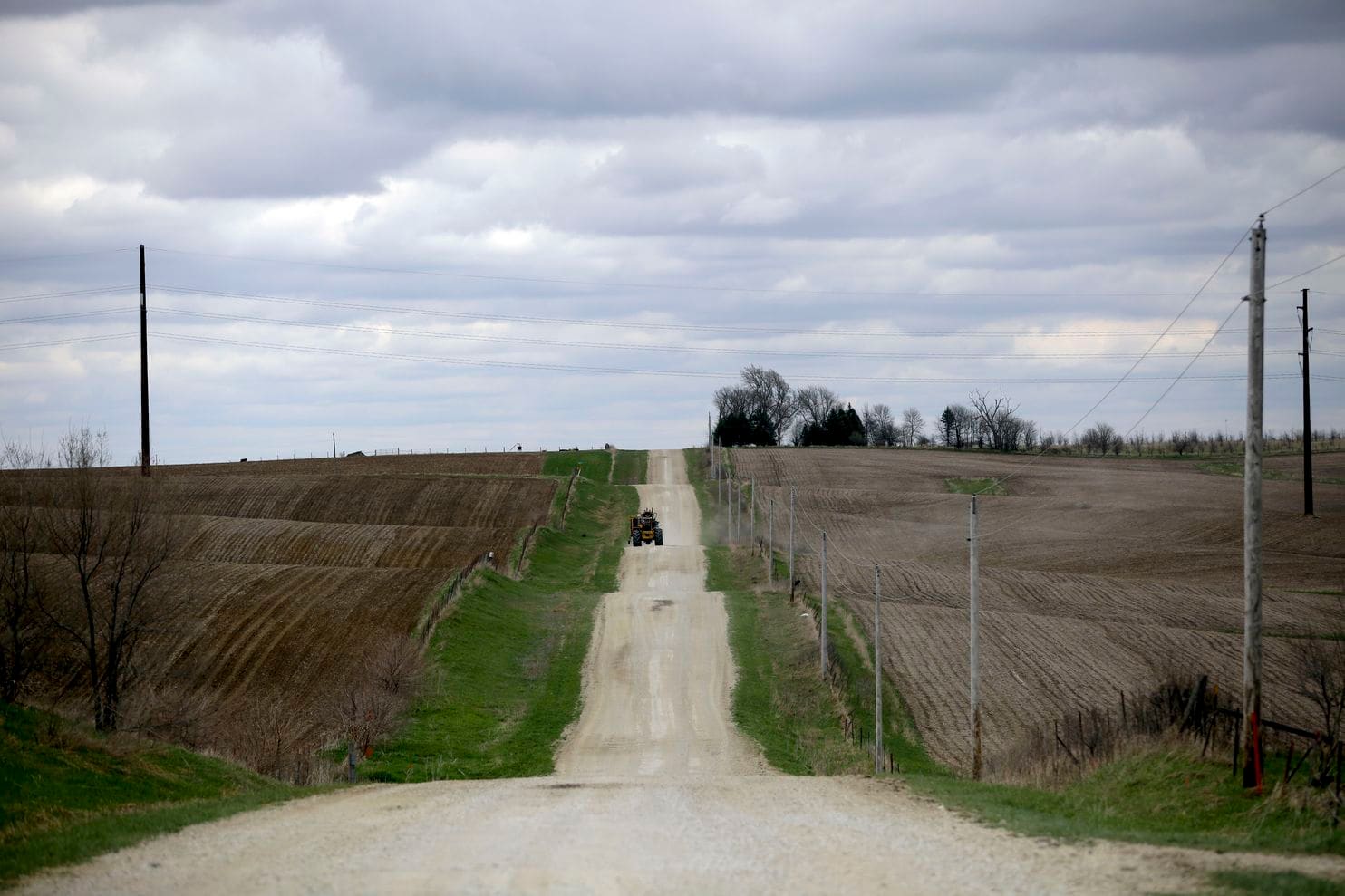
by Holly Bailey | May 8, 2019
DES MOINES — J.D. Scholten has gotten phone calls from former Rep. Beto O’Rourke. He’s campaigned with Sen. Cory Booker. He held a town hall with entrepreneur Andrew Yang and toured an ethanol plant with Sen. Amy Klobuchar.
The presidential candidates are eager to meet with Scholten, hoping he holds the key to a secret that increasingly bedevils Democrats: how to win rural voters, who seem to be firmly in President Trump’s camp. Scholten, a former minor-league baseball star, challenged GOP Rep. Steve King in Iowa last year, driving around in a beat-up motor home. He lost, but just barely, in a heavily conservative rural area.
Scholten tells Democrats the party is too focused on upscale urban voters. “We’re becoming the Whole Foods party, when we need to figure out how to win in Dollar General districts like mine,” Scholten said. “You don’t have to win, but you should be able to compete.”
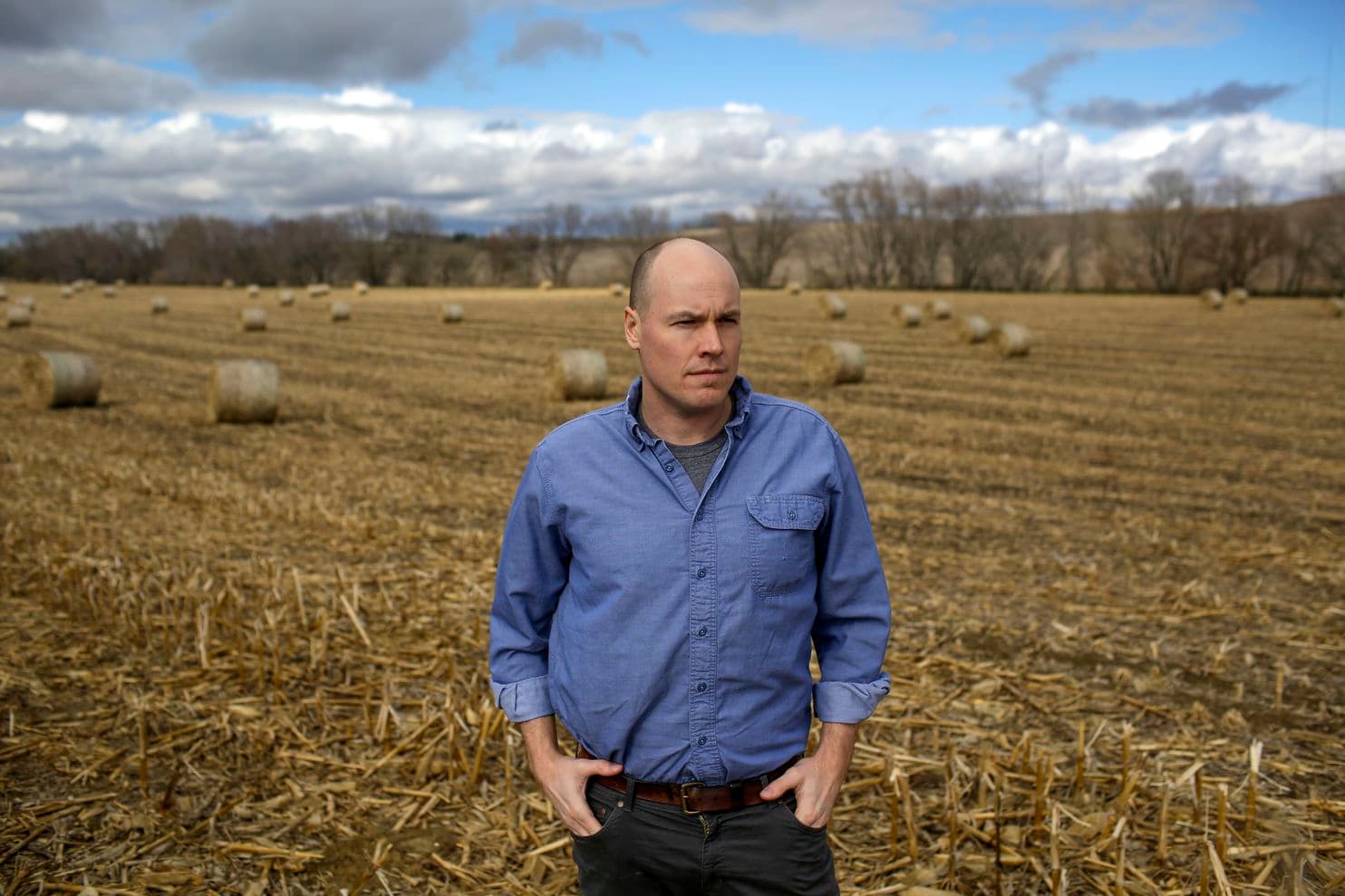
That difficult message comes as Democrats face an increasingly clear crossroads: Do they spend time and resources pursuing rural voters, who are often socially and culturally at odds with the party’s increasingly liberal direction? Or do they double down on cities and suburbs, hoping to drive up support among the multiethnic, younger, more highly educated voters that many see as the party’s future?
For Democrats still traumatized by Trump’s victory, it’s a vexing question. Democratic nominee Hillary Clinton struggled on both counts: She suffered from lackluster turnout in the cities but also lost rural voters to Trump by a nearly 2-to-1 margin.
Democrats like former Iowa governor Tom Vilsack say the party can’t simply cede small-town voters again. “If we are losing rural counties as we have in the past . . . I don’t give a damn how much you run up the vote in the inner cities and in the suburbs, we’ll be right back where we were in 2016,” he said.
But for a big faction of the party, that’s crazy. Rather than tying themselves in knots chasing a deeply conservative electorate that loves guns, opposes abortion and is firmly in the GOP camp, Democrats need to focus on driving up enthusiasm among people who share their values, this group says.
Aimee Allison, president and founder of She the People, which aims to boost turnout among women of color, said Clinton did not invest enough in wooing black voters. That led to low turnout in places like Detroit and ultimately the narrow loss of Michigan and other critical states.
“Instead of chasing and obsessing over voters who are not obsessing over us — instead of trying to convert people who have already demonstrated they are with Trump and have given no visible indication they are leaving him — what if we invested in voters who are more likely to vote for Democrats?” Allison said. “Women of color vote 3-to-1 for Democrats, compared to white guys. It doesn’t make sense to use a strategy we know loses elections.”
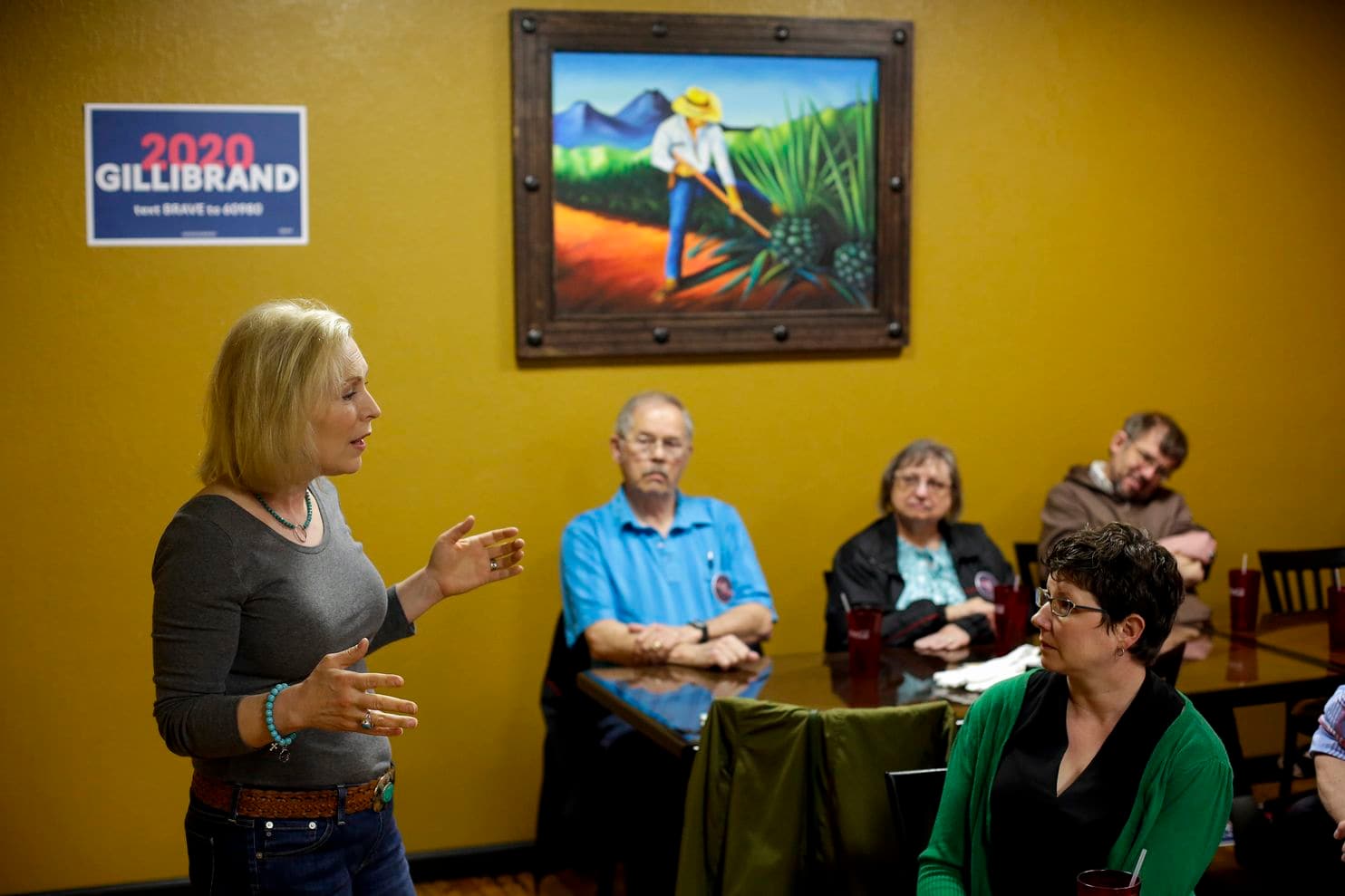
For now, many of the Democrats are at least trying to connect with smaller communities. During a swing through Iowa last weekend, Sen. Bernie Sanders (I-Vt.) held intimate town hall meetings in remote areas and delivered a speech on agriculture policy in Osage, a city of about 3,600.
Sanders pledged to “impose an immediate moratorium on agribusiness mergers” as president and to direct more federal subsidies to family farmers.
“Those of us who come from rural America have nothing to be ashamed about, and the time is long overdue for us to stand up and fight for our way of life,” said Sanders, drawing instant applause from the crowd. Vermont is a rural state, but Sanders is from Brooklyn and rose to prominence as mayor of Burlington.
Other candidates are also visiting. Booker and Sen. Kirsten Gillibrand took their campaigns through rural Iowa in recent weeks, visiting strongly Republican counties on the western side of the state where Trump won by 15 points or more in 2016.
O’Rourke, in his own stop in rural Iowa, noted that there was a time when farming communities were often Democratic. “Democrats used to be the party for rural America,” he told voters. “The little gal, the little guy, the farmer, the rancher in Texas, the producer, those who feed and clothe not just this community but so much of the rest of the world.”
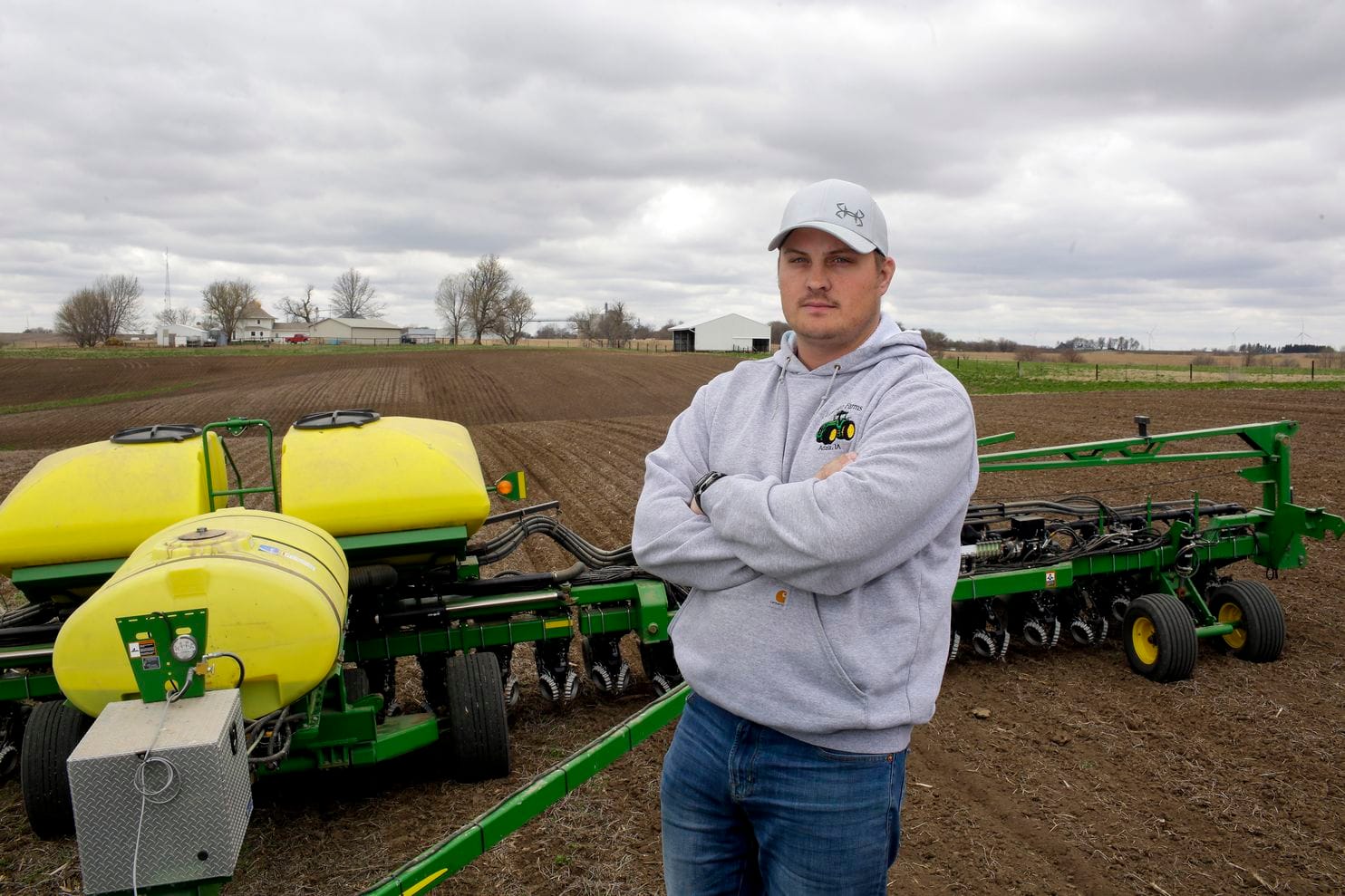
If Democrats have a shot with any country voters, they might be people like Spenser Jorgensen, 32, who farms about 3,500 acres with his father and brother west of Adair, Iowa. The area has taken a hit from Trump’s trade battles, and it took a subsidy from the administration to keep Jorgensen’s family from the financial brink.
A registered Republican who also works as a farm loan officer at a local bank, Jorgensen is looking around at other candidates, even across the aisle, for someone who might do better for farmers and the towns they live in.
“It’s not just about me,” he said. “I want someone with a vision for the industry, for the community. . . . It doesn’t matter if they are Republican, Democrat, Independent. I want someone who really gets what’s going on out here and who has the best plan for the future.”
But Vilsack warns that even when Democrats reach out to small town America, they often blow it. Sitting in the front row of a recent candidates forum on “rural issues,” Vilsack became frustrated waiting to hear, as he put it, “some articulation of a vision” for rural areas and the people who live there.
Sens. Elizabeth Warren and Klobuchar spoke of taking on “Big Ag” by beefing up antitrust laws. Julián Castro, a former housing secretary under President Barack Obama, pitched immigration reform to ease the farm labor crunch. All expressed sympathy for farmers hit by natural disasters.
Vilsack, who served as Obama’s agriculture secretary, did not discount the need to appeal to farmers, but he warned against a simplistic view.
“Unfortunately the candidates think that by talking to farmers, they are talking to rural America. But it’s not just farmers,” Vilsack said. “They are important, but there are a whole lot of other people in these small towns. There are teachers. There are nurses. There are carpenters.”
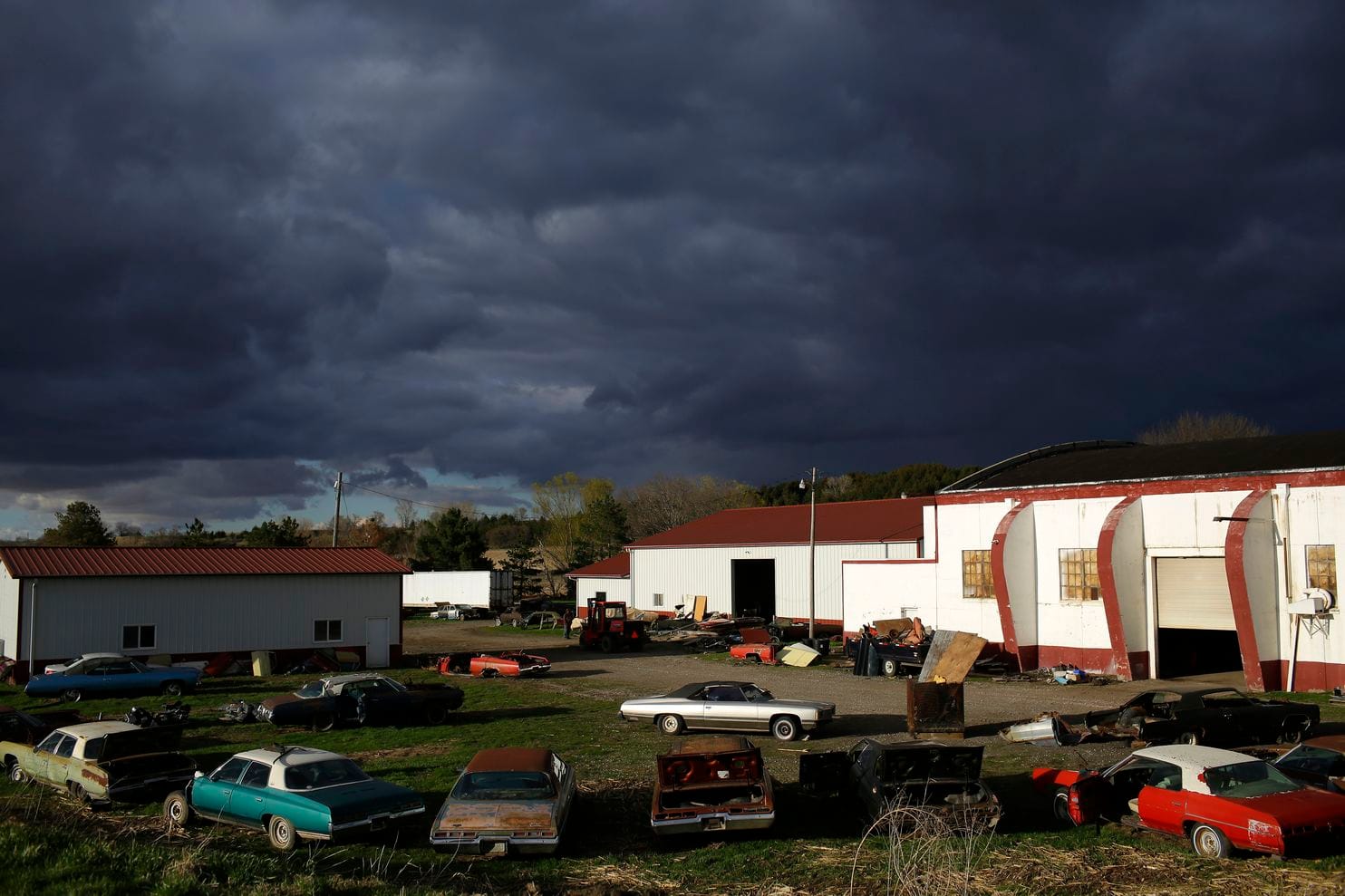
Sen. Heidi Heitkamp (D-N.D.), who lost reelection in 2018, made a similar argument. She recently launched the One Country Project, a nonprofit aimed at helping Democrats sharpen their message to small-town voters.
One of its first moves was to release a projected voter map for the 2020 election. It showed the Democrats’ gains in 2018, including in many suburban districts — but also rural districts in western Iowa, Upstate New York, Maine and Pennsylvania.
Heitkamp said that even if Democrats boost their urban turnout in 2020, Trump would narrowly win the electoral college if the party does not improve its performance in rural America.
“Urban and rural voters are different,” Heitkamp said. “But what a cabdriver in New York wants for his family is no different than what a small grocery store owner in a town of a 1,000 people wants.”
But polls suggest it’s an uphill battle. Trump’s approval rating was at 39 percent nationally in the latest Washington Post-ABC News poll, but it was 57 percent among rural residents.
Bill Clinton, with his small-town Arkansas background, was the last Democrat to fully straddle the urban-rural divide, driving up votes in the cities but also flipping many red states to blue. That changed in 2000 with George W. Bush, who narrowly prevailed in places like Ohio.
David Axelrod, who served as Obama’s chief strategist, said Democrats can benefit from making even a dent in the GOP’s rural turf, as Obama did.
“I’m not Pollyanna-ish about it from a Democratic perspective. You are not going to carry those areas. The polarization is very intense,” Axelrod said. “But losing 70-30 is different than 80-20. When you look at how close those states were that we lost to Donald Trump, those votes can make a difference.”
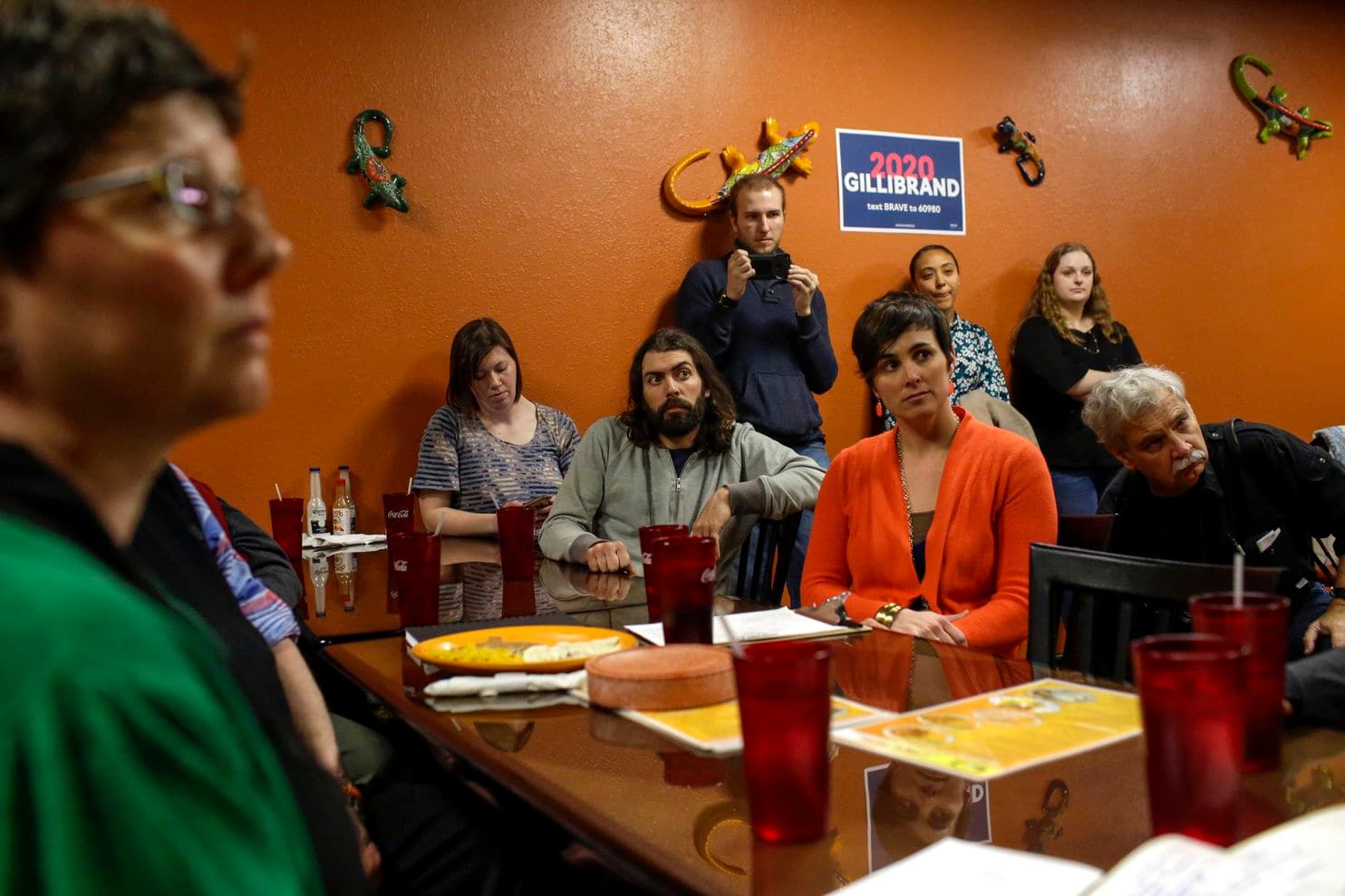
Democrats face a challenge finding a messenger — and a message — who can appeal to both worlds, especially as the party’s move to the left on subjects like gun control makes outreach to small-town America harder.
Scholten said some rural issues lend themselves to Democratic solutions, such as the crisis in rural health funding. “And then there’s just the lack of fresh food,” Scholten said. “We are the second-most agriculture-producing district in America, and most people can’t buy a tomato in their own town.”
O’Rourke’s stop in western Iowa came a few weeks ago, when he visited heavily conservative areas like Carroll County. Obama won there in 2008 after visiting the region repeatedly to promise economic revitalization and health-care reform, but Democrats have struggled ever since.
Some blame polarization, but many voters were disappointed by Obama, who they felt didn’t deliver on his transformational message of fixing Washington. In 2016, they turned to Trump in hopes he could be the agent of change.
Now even some local Democrats wonder whether it’s worth the 2020 candidates’ time. Asked what happened to the people who voted for Obama, one local party official offered a grim analysis. “The joke is that they all died,” he said, declining to be named so as not to upset other Democrats.
Near the bar where O’Rourke campaigned, “Make America Great Again” signs, many faded and warped by the sun, were propped in nearby business windows, and the former Texas congressman acknowledged that maybe Democrats like him couldn’t win in a county like this. But that doesn’t mean they shouldn’t try, he said.
“Rural America does not need handouts, does not need help from the federal government, in the form of just more blanket investment or dollars that are spent,” O’Rourke said. “Doesn’t need anyone’s sympathy. It just needs a partner.”
It sounded like something Scholten would say.
